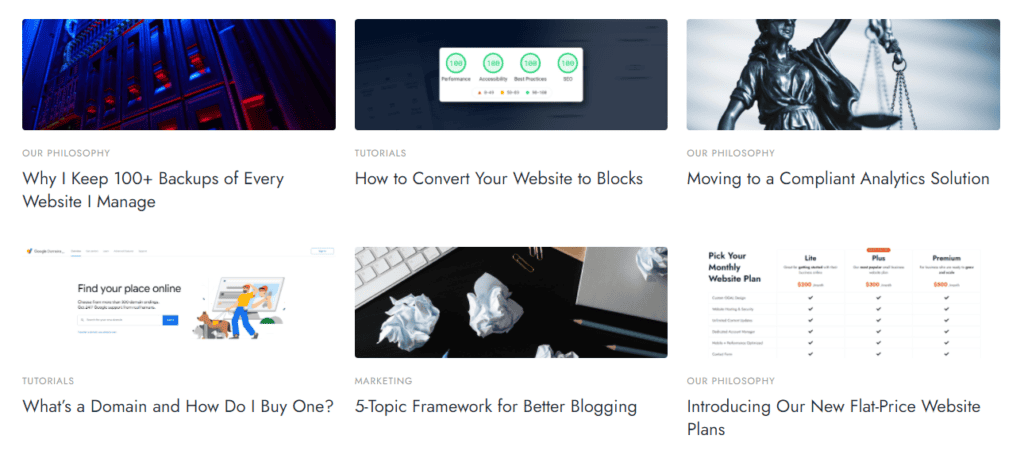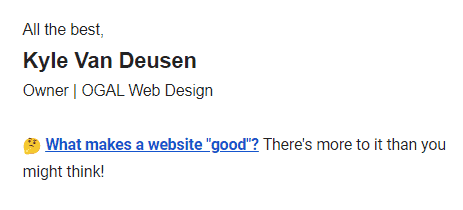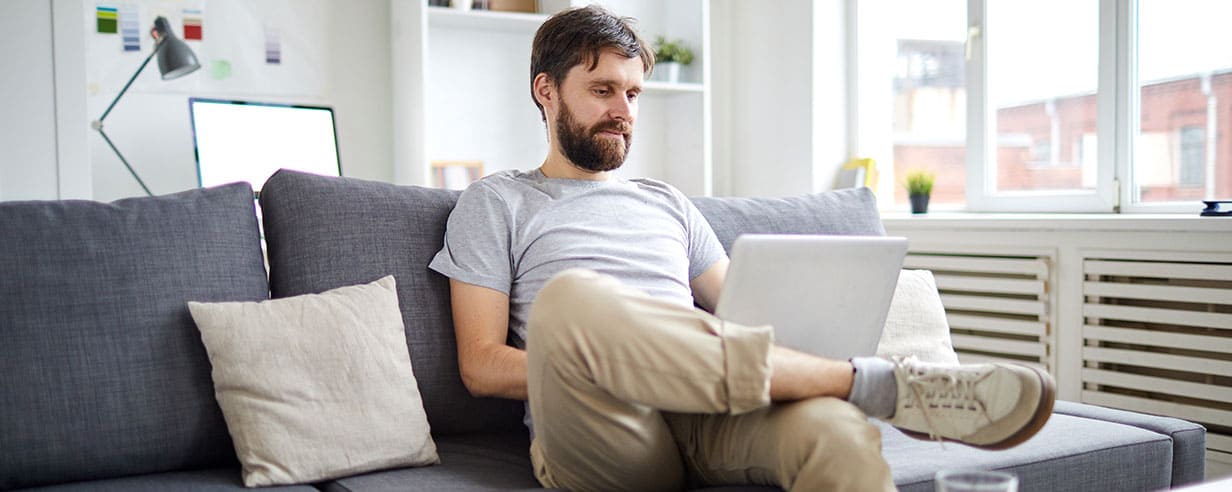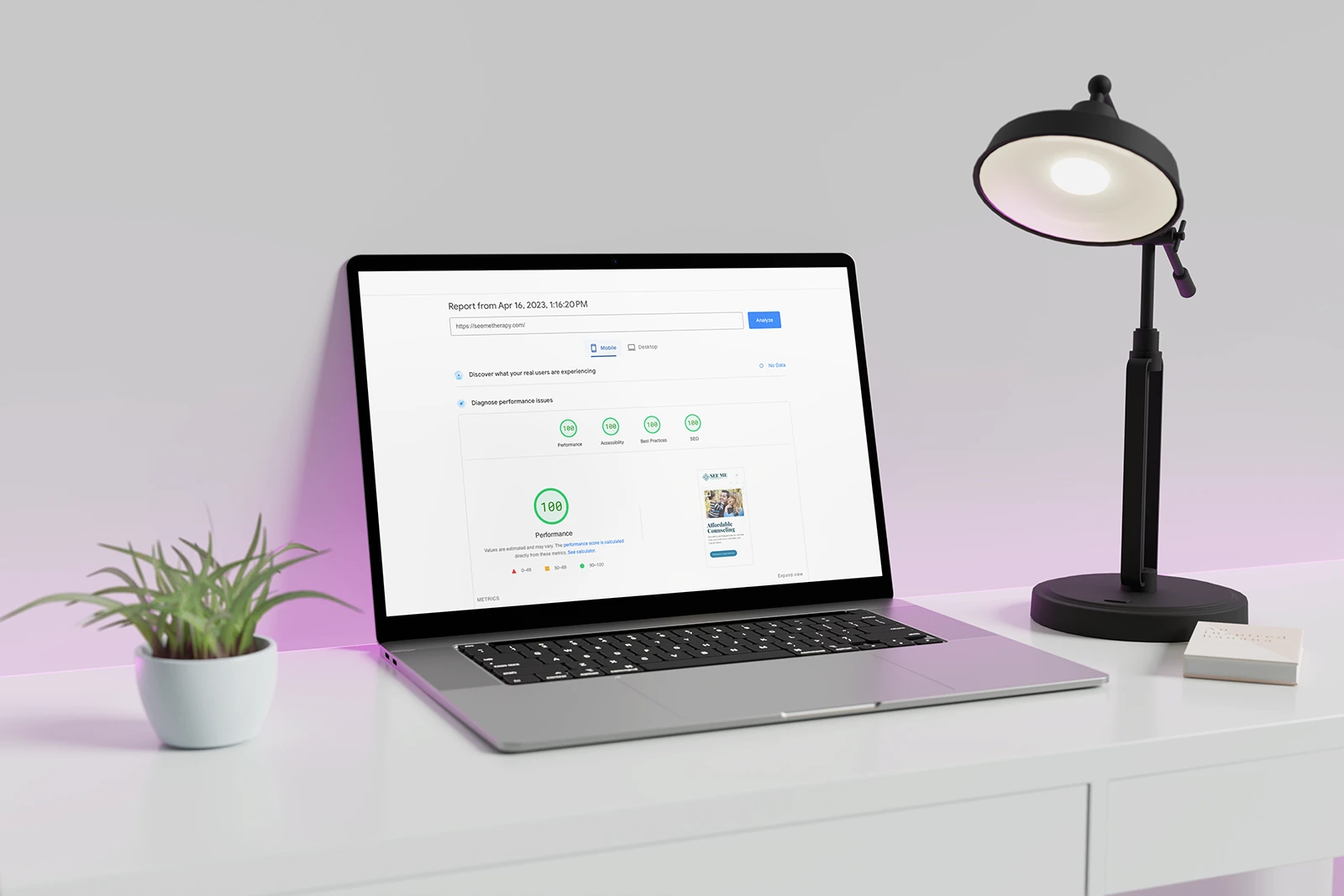Anyone who knows me knows that I’m a huge advocate of content marketing. Posting regularly and often is not only a great way to bolster your rankings in search engines, but it’s one of the best ways to instantly gain credibility and trust with your visitors.
You’re probably on this post now because you just finished posting an article — congratulations!
But now what?
If you’re like most businesses, now you move on to something else — as if the “publish” button was the end of the road.
But, now the real fun begins — now it’s time to promote that content and ensure it can get found online by the people who need it.
In this article I’m going to walk you through all the processes I take to ensure my articles are optimized and how to promote them to start gaining momentum.
Make Sure Your Post Is Optimized
In theory you should be making sure that your post is optimized before you hit the publish button — but I know that in reality that’s not always the case.
I’ll assume you have a pre-publish checklist (maybe that’s a good topic for a future article here!), and that you’ve already run through the whole thing.
But before we start promoting, there are a few items you want to double check and make sure are in place if you want to have your best chance of your content getting plenty of eyeballs. Failure to get these items right can be costly in getting your promotion started on the right foot.
Featured Image
If you’re using WordPress, then making sure you have a feature image associated with the post is critical. This will typically show up wherever all your blog posts are listed, and if you don’t specifically override with another image, your featured image will also show up when your article is shared on social media.

I can’t tell you how many times I’ve forgotten to set a featured image only to be embarrassed when I share my article on social media and there is a “default” image instead.
Internal Linking
One great way to build authority within your site, as well as keep people on your website longer, is to make sure you’re using internal links in your posts.
An internal link is any link on your website to another page on your website.
An internal link is any link on your website to another page on your website.
Skim through your new post and look for opportunities to link out to other related content on your website.
Conversely, look through older content on your website and see if there are any opportunities to link to your new post.
All of this interlinking does wonders for your SEO and helps keep visitors on your page!
Call to Action
Every article on your website should have some kind of call to action for the reader to take. Sometimes that’s to make a purchase or schedule an appointment — but not every article is for direct sales.

A call to action can be as simple as suggesting the reader read another article next or share the information in your post with someone who could benefit from it.
The last thing you want is for the reader to get finished reading and have no other choice than to leave your website.
If you can tell people what they should do next, they are more likely to do it than if you just leave it to chance!
Meta Information
Both your meta title and meta description are used when sharing your post on social media as well as in the search results.

If you leave them blank (or forget to fill them out), your website will fill them in with default content, but these are hardly optimized.
A good title and description (along with a featured image) go a long ways in getting people to click through to your article.
It’s with spending a few minutes here workshopping several ideas to come up with text that makes the user want to learn more.
Getting Indexed
Google has bots that constantly scrape every inch of the internet, putting (practically) everything that’s ever been published into their index so it can be found via search.
Eventually your new post will get indexed — but you can actually speed up that process by requesting indexing directly from Google.
Eventually your new post will get indexed — but you can actually speed up that process by requesting indexing directly from Google.
And it’s a good idea to do just that.
When it comes to your new post being found via search, it takes anywhere from 4-6 months before your post rankings get anywhere near where they may setting — so you want to start the clock on that as soon as possible.
Here’s an article on how to request indexing with Google and with Bing, which are the two biggest search providers (with Google in a distant first place).
I’ve adapted my process to include requesting indexing immediately after a post is published. While I haven’t done any scientific testing, most of my articles will end up in the search results within 1-3 days when I request indexing and 2-3 weeks if I just wait for Google to get around to it.
For a 5-minute task, that’s a massive difference!
Promote, Promote, Promote!
Okay, this is what you came here for, right?
I promise I will share my favorite ways of promoting your new content, but I can’t stress enough how important the previous steps are, and you’re going to have a lot more luck with your promotion if you take the time to do everything I explained above first.
What’s the good in writing content that no one will ever see? Without promotion, your content isn’t likely to get seen unless you have a massive and loyal following you checks your blog feed daily (that’s extremely rare!).
So, it’s going to be up to you to get your article in front of people in proactive ways.
Let’s take a look at some of my favorites:
Share on Social Media
This should go without saying, but you’d be shocked at how many people never both sharing their new articles on their social channels (usually the same people the complain about not knowing what to post on social too ).
Whatever social channels you use, be it Facebook, Twitter, Instagram, LinkedIn, or TikTok — there’s a way to share your content!
Facebook, Twitter and LinkedIn make it simple because you can post text along with a link that goes directly to your article.

But platforms like Instagram and TikTok, which are much more visual-based platforms (as opposed to text-base) make it a little more difficult — but not impossible!
You can post your featured image on Instagram (via posts or stories) and include the link to your blog post (or your blog feed) in your bio.
With TikTok, you could record a quick, personal video telling people why they should check out your latest work, and telling them exactly where to find it.
Organic reach on social media isn’t what it used to be — but it’s still more than zero, and I’ve found it’s worth the small amount of effort that it takes.
Share via Email
If you have a regular newsletter and a list of subscribers, then it’s time to put it to use! Those people have signed up to hear from you — so give them what they want!
If you send out regularly scheduled newsletters (like once a month, for example) then make sure you include promotion of your article in your next mailing.
But if you’re not using email marketing, you can still use email to promote your content.
For the last several years I’ve used my email signature to promote content by adding a short “PS” line in my signature that asks whoever I’m corresponding with to take a look.

What’s nice about the PS-method is that you can rotate out articles as you publish new ones and keep it fresh.
I’ve used trackable links in my emails and find that I get, on average, about 2 clicks to my articles per day by having them in my PS. It’s a great, and passive way to continue promoting your content!
Outreach and Partnerships
Let’s say you’re a photographer who specializes in corporate headshots and you’ve written an article about how to prepare for your photoshoot.
Take a moment and think about who else could benefit from people knowing about your article.
If a company is signing up for a company-wide shoot, then the management of that company would love it if all their employees came prepared.
Share your content personally (via email, message, or however you typically communicate with this person) and let them know you have something new that might be valuable to them.
If you phrase this right, it will come across as if you’re trying to do them a favor — and if it is valuable for them, they’ll be more than happy to share your content.
This gives you the opportunity to reach people outside of your network that you would have never had access to.
Even though I find the word a little “icky”, influencers (or those who have any kind of influence over a group of people) are great disseminators of information. If you are connected with one of those people who just “seem to know everyone”, then you want to get your content in front of them!
It’s Time to Promote!
“Build it and they will come” works for huge websites with tens of thousands of daily visitors, but most of us don’t live in that reality.
In order to make your content work for you, you have to make sure people are seeing it.
With just a few simple steps, and maybe 30 minutes of extra work, you can greatly increase the number of people who will not only view your content, but take action with it by taking the time to promote it properly.
It’s worth the time it takes to come up with a repeatable process for promoting your content, and make sure that you follow it each time you publish a new post. The more you do it, the easier it becomes — and the results are compounding.
The publish button isn’t the end of the journey, it’s the beginning!
5 Secrets to Getting Found Online
Download our free guide to learn how to optimize your website and the secrets you need to unlock for the search engines to rank your website higher.




